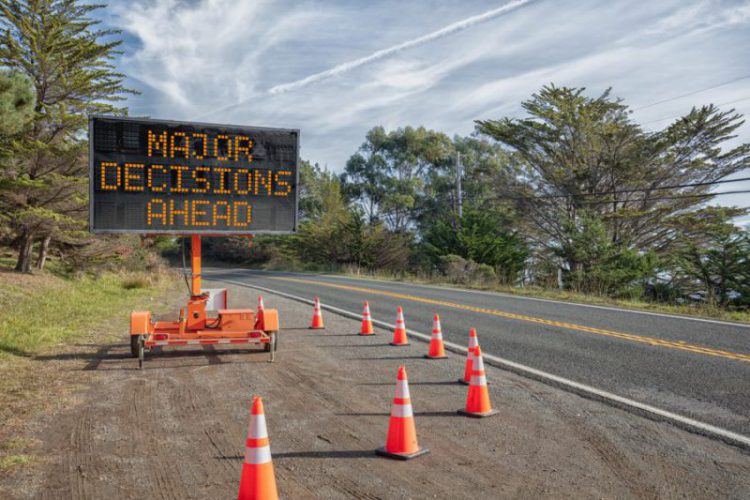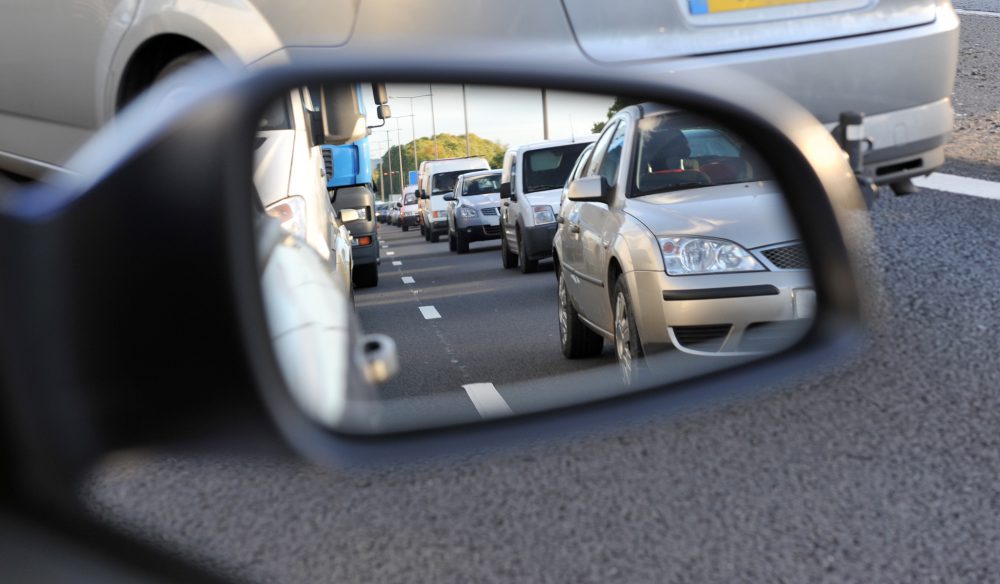
It’s one of the few books that never leaves the bestseller list, but ever since the Highway Code was first published, in 1931, few readers would admit to finding it a gripping page-turner.
However, the Highway Code has contributed to saving thousands of lives over the years. When launched, there were just 2.3 million cars on Britain’s roads, yet more than 7000 people were killed in road accidents each year. Today, there are more than 27 million cars on UK roads, but there are fewer than 2000 fatalities.
The driving standards book originally had just 24 pages of guidelines, with a single paragraph on how pedestrians should cross a road. Today, a whole chapter is dedicated to educating both pedestrians and drivers on safely reaching the other side of the road.
It also goes on to cover areas of digital technology, such as smartphones, which increasingly fight for a driver’s attention when they’re at the wheel.
To see how well you know the latest rules and regulations of the road, take this snapshot quiz and test your knowledge of the Highway Code. Continue reading →















